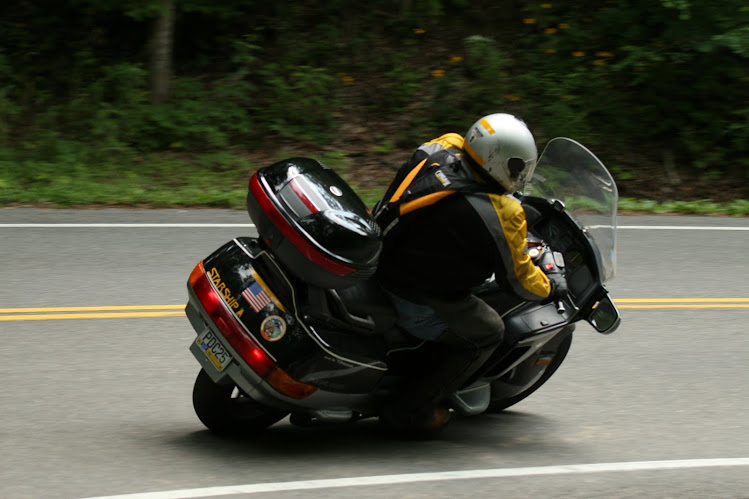Copyright © 2011 by Ralph Couey
Scooters: Small to medium engines (80 to 650 cc), excellent mpg, comfortable to ride, step through frames, smaller wheels, some luggage space. But, they are smaller in size, harder for other motorists to see. The smaller scooters may not be powerful enough for the highway, particularly when carrying heavy loads. Because of their small size and light weight, they are also prone to high crosswinds and gusts by passing semis and dump trucks. Honda Elite, Suzuki Burgman.
Standards: Also called “naked bikes” because they have no fairings or body panels. Small to very large displacement (250 to 2300 cc), good to excellent mpg, mostly comfortable, no luggage space, although some may have cargo racks. The smaller types of this class are good for all-around general duty. They are relatively inexpensive and cheap to maintain. The larger types are heavy, fast, and can be a real handful for the novice rider. Honda Rebel and Nighthawk, Suzuki GS550, Ducati Monster, Suzuki SV650, Triumph Rocket III.
